
Investigations into NASA's transformative planet Saturn operation
Using the Cassini satellite as a delivery medium, very hard, nearly indestructible items were inserted into Saturn in 2017.
--
There were 216 plutonium fuel pellets inserted into Saturn in 2017. Because of the nature of these GPHS's (Pu fuel pellets within) many were not destroyed on 9-15-17 during the plunge into Saturn and are still slowly dropping deeper into Saturn's liquid hydrogen now. Three GPHS-RTG units (each with 72 pellets) were plunged into Saturn using the Cassini satellite. Although NASA claims that all Cassini components were incinerated upon entry, this simply cannot be true for the items within the GPHS units, which are built to survive such entries and beyond. These pellets have indicated a history of fission imploding under great pressure as we witnessed on Jupiter when Galileo's GPHS's were inserted in 2003. The "Wesley Mark" of 2009 is a good example of the result: a silica-laden mark welling up from deep inside Jupiter resulting from a fission implosion of at least one of the pellets nearly 6 years after entry. We should expect a similar event within the next few years at Saturn (2022-2026).
Although there was ultimately no lasting drastic effect on Jupiter (other than many bright surface flashes imaged since then), Saturn could present a different scenario, as a cascading collapse is possible there making Saturn's upper realms pull to the lower realms (see diagrams below), eventually imploding the planet into itself. Saturn's composition with a much larger solid core than Jupiter's allows for this.
Scientists have calculated a dense, solid Saturn core between 9 and 22 masses of Earth, 15,500 miles diameter (20% of the total diameter of Saturn). By comparison, Jupiter's solid core is/was thought to be small to non-existent, very diffuse all of the way to the center. A much more concentrated solid core at Saturn's center would cause a much more forceful expulsion in the transition from solid to liquid and gas.
Turning a gas giant inside out
The method by which this might be done is shown below
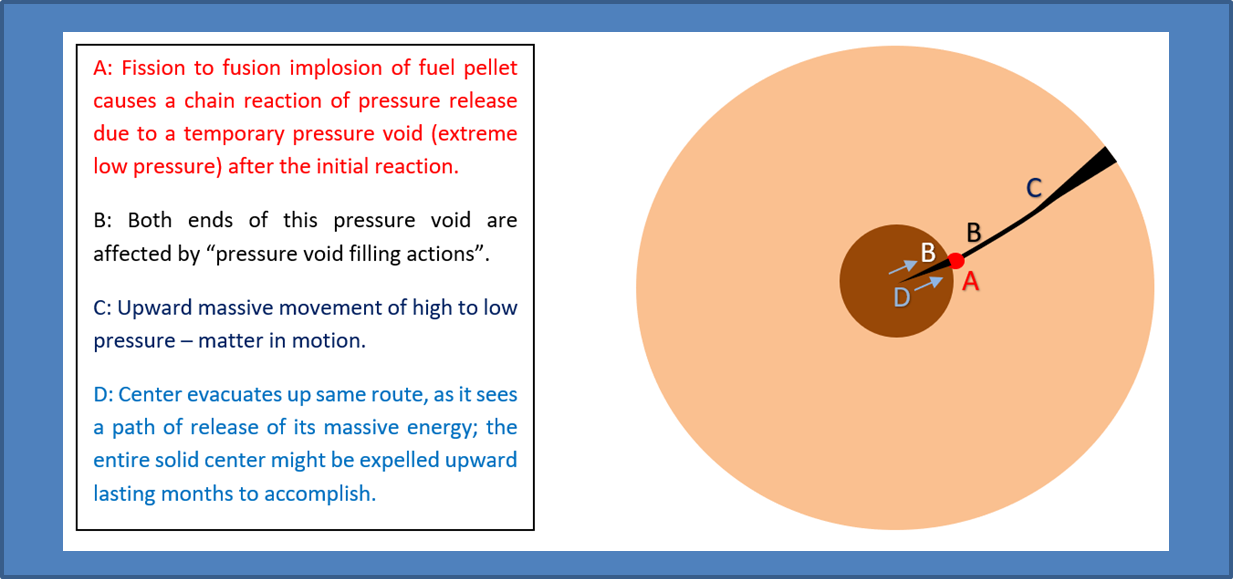
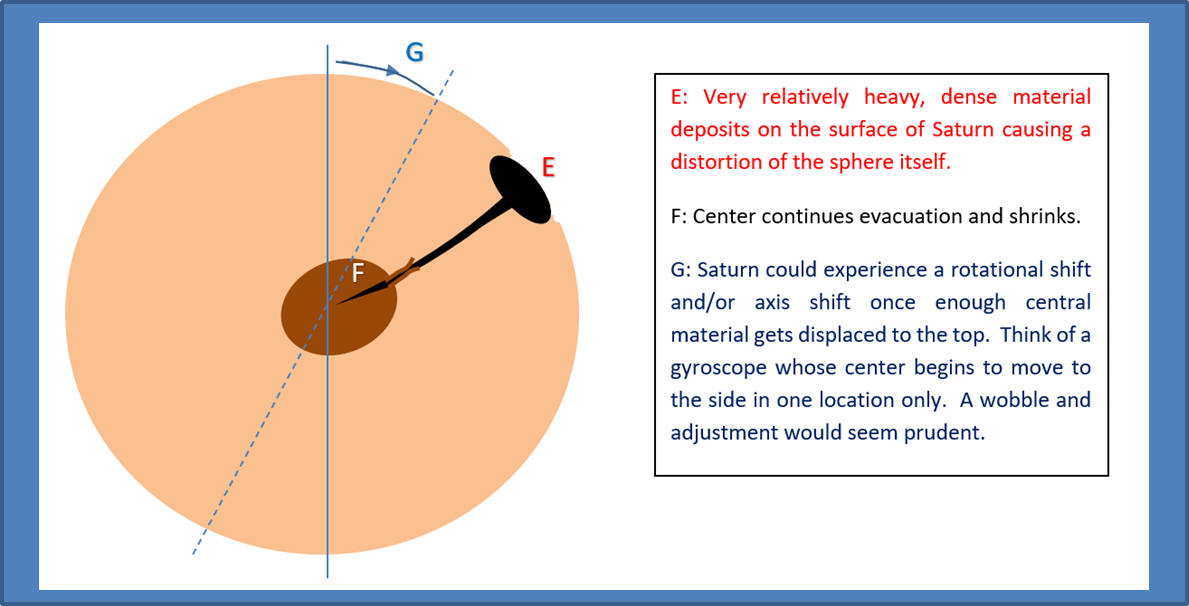
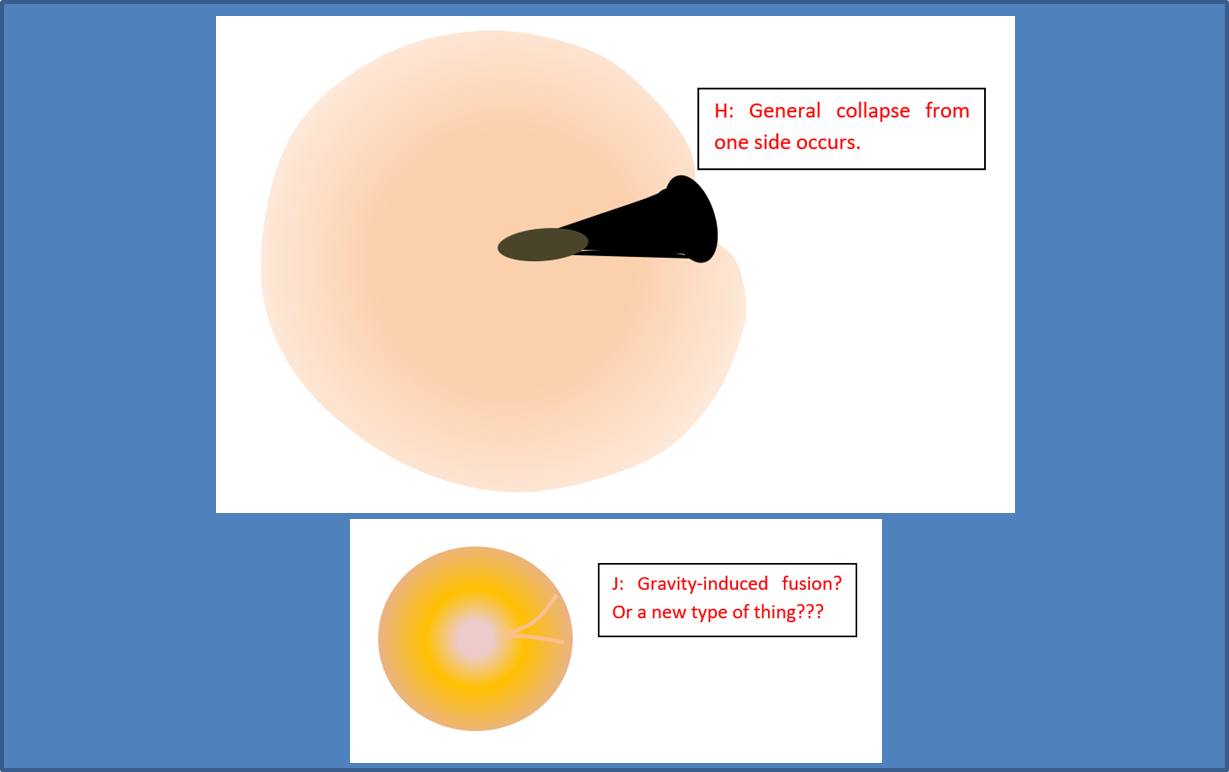

Saturn's path through the sky
During the time of Cassini's plunge into Saturn and onward, might there be any symbols in the sky these potential "creators" were looking for? Below is some information to start with.
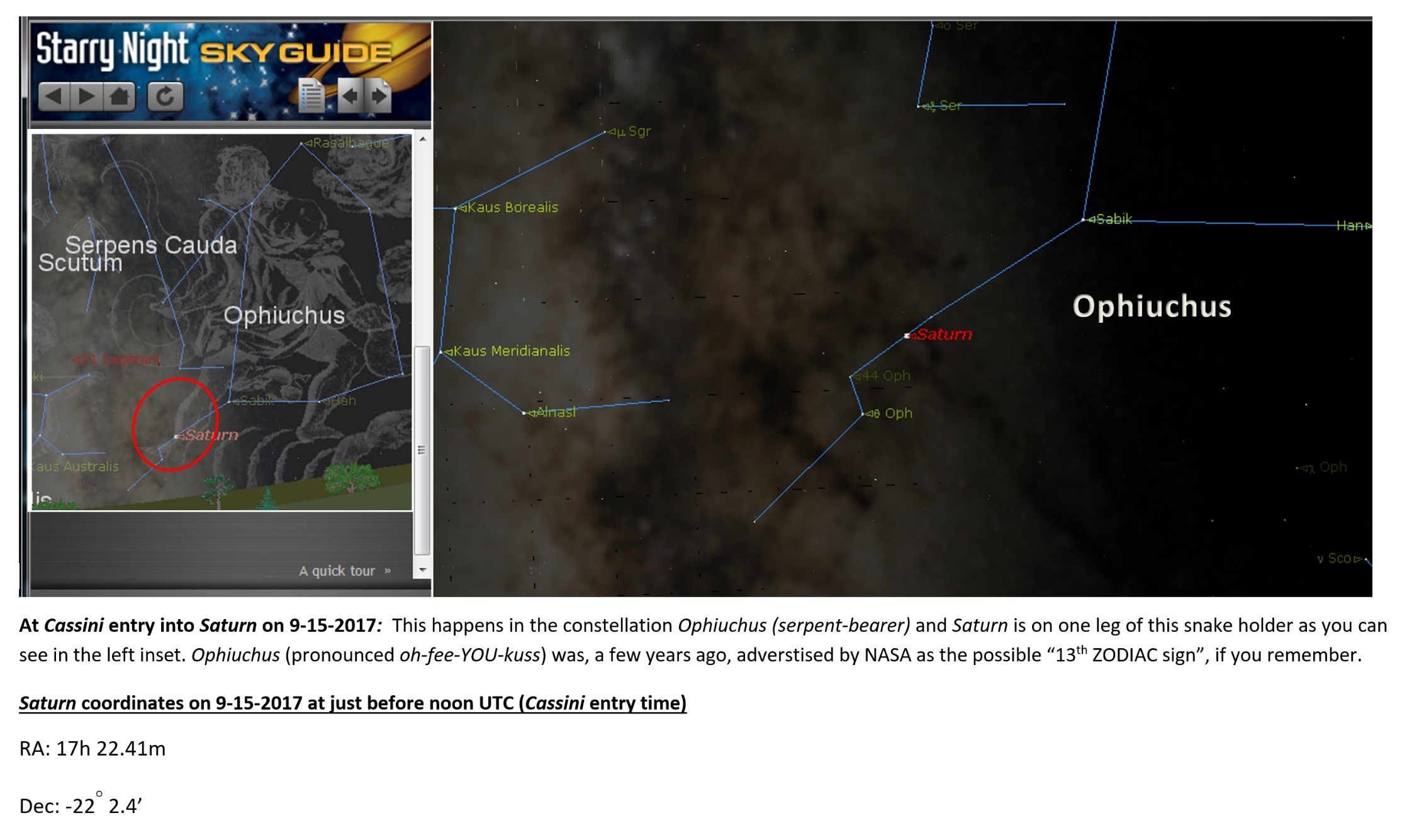

Ophiuchus is said to represent Imhotep (above) , m aster mason of 27th century BCE, Egypt
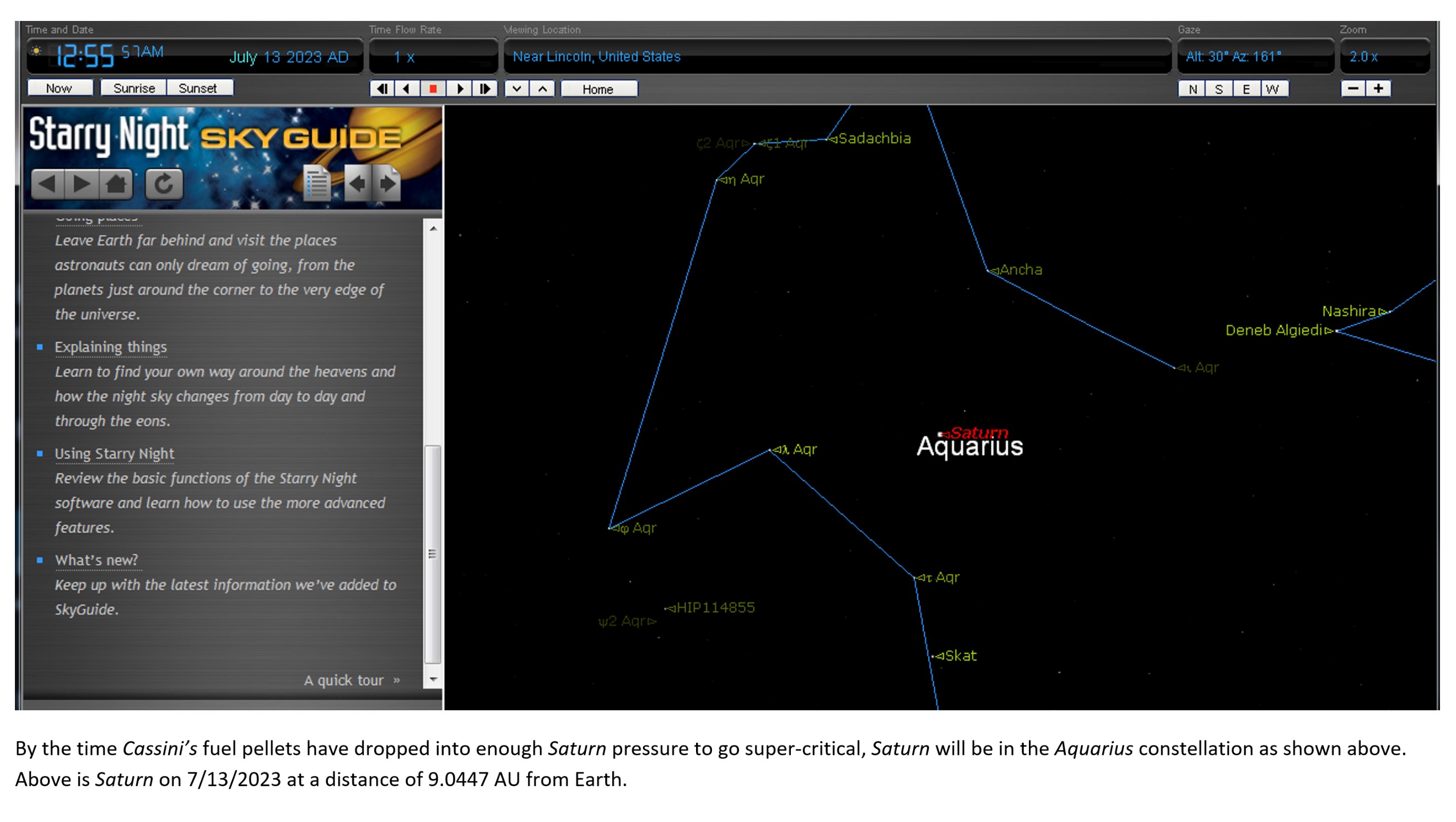

Jupiter stellar sequence from the movie "2010" : Stellar Sequence from "2010" movie
2009 Jupiter mark event: https:/en.wikipedia.org
Saturn images from Earth telescopes:
ALPO -Astronomy site
Japan - ALPO site (planet selection on left side of page)
Be watching for a large mark forming on Saturn between now and 2026.
Contact jolocarper@proton.me for questions about this material.